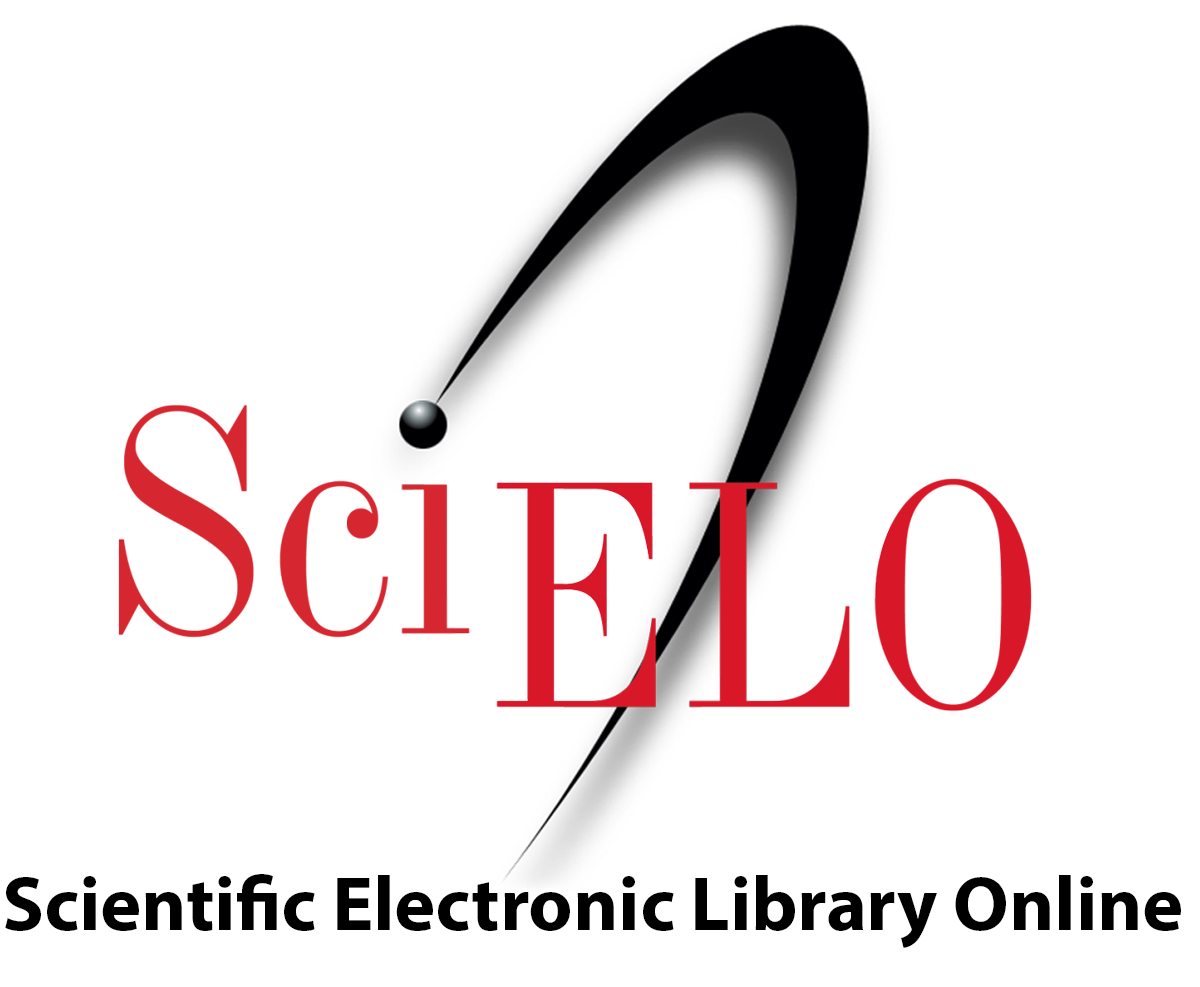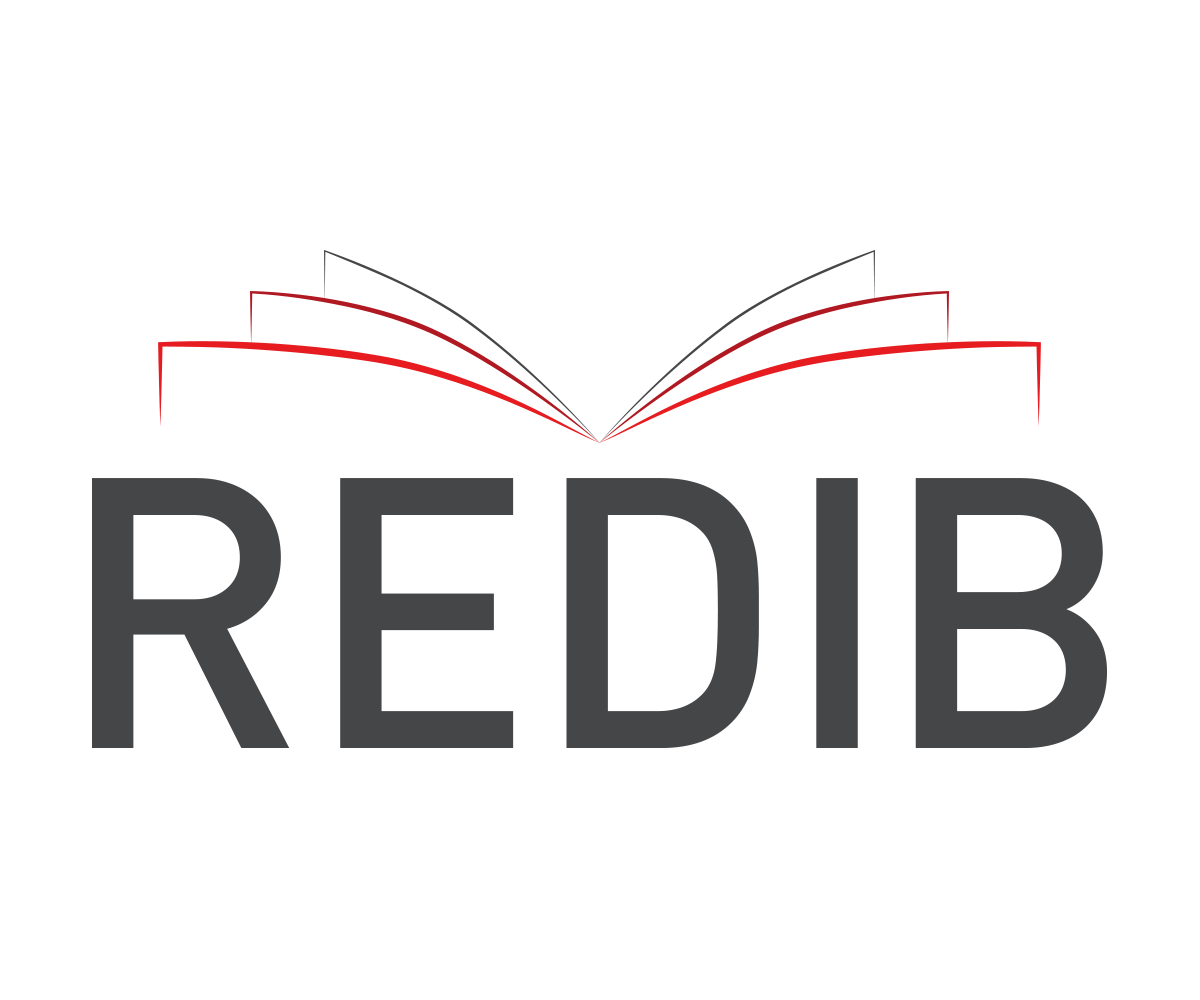Some relationshps betweeen economics and artificial intelligence paradigms
DOI:
https://doi.org/10.36791/tcg.v0i7.10Keywords:
Computational Economics, Complexity, Artificial IntelligenceAbstract
This paper explores some relationships between the Economics and some of the current paradigms that define the methodologies and models of artificial intelligence. The approach that stands out is the paradigm of mathematical principles of automated learning or machine learning, as well as the contribution of computational economics and economy of complexity on models based on agents in the paradigm of biological principles. In this research are shown some information schemes that distinguish a standard model of automated learning and conventional econometrics, later the visions are developed. Finally, the importance of precision in the machine learning classifier models in the technology industry is explained.Downloads
References
Bediako-Asare, H., Buffett, S. and Fleming, M. W. (2016) “Advances in Artificial Intelligence”, Canadian Conference on AI. doi: 10.1007/978-3-642-21043-3. DOI: https://doi.org/10.1007/978-3-642-21043-3
Breiman, L. (2001) “Statistical Modeling: The Two Cultures”, Statistical Science, 16(3), pp. 199–215. doi: 10.2307/2676681. DOI: https://doi.org/10.1214/ss/1009213726
Brewer, P. J., Huang, M., Nelson, B. and Plott, C. R. (2002) “On the Behavioral Foundations of the Law of Supply and Demand: Human Convergence and Robot Randomness”, Experimental Economics, 5, pp. 179–208. doi: 10.1023/A:1020871917917. DOI: https://doi.org/10.1023/A:1020871917917
Chia-Hsuan, Y. 2007, “The role of intelligence in time series properties”, Computational Economics, 2, p. 95. DOI: https://doi.org/10.1007/s10614-007-9089-z
Cockshott, W, Cottrell, A, Michaelson, G, Wright, I, & Yakovenko, V 2009, “Classical Econophysics”, n.p.: London: Routledge, 2009. DOI: https://doi.org/10.4324/9780203877548
Diestel, R, & Diestel, R 2010, “Graph Theory. Reinhard Diestel”, n.p.: Heidelberg: Springer. DOI: https://doi.org/10.1007/978-3-642-14279-6
Goldman, A 1980, “The Internalist Conception of Justification”, Midwest Studies In Philosophy, 5, 1, p. 27, Complementary Index, EBSCOhost, viewed 9 May 2017. DOI: https://doi.org/10.1111/j.1475-4975.1980.tb00395.x
Kirman, A. P. (1992) “Whom or What Does the Representative Individual Represent?”, Journal of Economic Perspectives, 6(2), pp. 117–136. DOI: https://doi.org/10.1257/jep.6.2.117
Lucas, R. E. (1988) “On the Mechanics of Economic Development”, Journal of Monetary Economics, 22(August 1987), pp. 3–42. doi: 10.1016/0304-3932(88)90168-7. DOI: https://doi.org/10.1016/0304-3932(88)90168-7
Gallegati, M. and Kirman, A. (2012) “Reconstructing economics: Agent based models and complexity”, Complexity Economics, 1, pp. 5–31. doi: 10.7564/12-COEC2. DOI: https://doi.org/10.7564/12-COEC2
“The logic theory machine--A complex information processing system” (1956), IRE Transactions On Information Theory, Information Theory, IRE Transactions On, IRE Trans. Inf. Theory, 3, p. 61.
Olguin, A. (2016) “Economía computacional, complejidad y ciencia de datos. Conociendo el éxito empresarial en el desafío Yelp para 61 mil compañías”,Oikonómika, 1(2), pp. 4–16.
Olguin, A. (2017) “Aproximaciones de inteligencia artificial a mercados de Fintech”presentado en Noveno coloquio de finanzas aplicadas. Facultad de Economía UNAM, 4 Mayo 2017.
O’Regan, G. (2016) “Introduction to the History of Computing”. doi: 10.1007/978-3-319-33138-6. DOI: https://doi.org/10.1007/978-3-319-33138-6
Parkes, D. C., and M. P. Wellman. (2015). “Economic Reasoning and Artificial Intelligence.”Science 349 (6245) (July 16): 267–272. doi:10.1126/science.aaa8403. http://dx.doi.org/10.1126/science.aaa8403. DOI: https://doi.org/10.1126/science.aaa8403
Patcha, A. and Park, J. M. (2007) “An overview of anomaly detection techniques: Existing solutions and latest technological trends”, Computer Networks, 51(12), pp. 3448–3470. doi: 10.1016/j.comnet.2007.02.001. DOI: https://doi.org/10.1016/j.comnet.2007.02.001
Paul, B, Maria, H, Brad, N, & Charles, P (2002), “On the Behavioral Foundations of the Law of Supply and Demand: Human Convergence and Robot Randomness”, Experimental Economics, 3, p. 179.
Peng, R. D. and Matsui, E. (2015) “The Art of Data Science: A Guide for Anyone Who Works with Data”, Journal of Chemical Information and Modeling, 53, p. 159. doi: 10.1017/CBO9781107415324.004. DOI: https://doi.org/10.1017/CBO9781107415324.004
Rüdiger, E., Yoshihiko, D., Stefan, N. and David, S. (2011) “Cognitive Systems Monographs”, Control, 3.
Singh, S. and Markou, M. (2004). “An approach to novelty detection applied to the classification of image regions”. IEEE Transactions on Knowledge and Data Engineering, 16(4), pp.396-406. DOI: https://doi.org/10.1109/TKDE.2004.1269665
Downloads
Published
How to Cite
Issue
Section
License
Copyright (c) 2019 Alfredo Olguín Gallardo

This work is licensed under a Creative Commons Attribution-NonCommercial-NoDerivatives 4.0 International License.
La Revista Trascender, Contabilidad y Gestión se compromete a asegurar la confidencialidad y privacidad dela información personal que se capture en éste sistema de conformidad con los lienamientos editoriales de la Universidad de Sonora
La información será utilizada únicamente para fines editoriales, académicos y de investigación, notificándose de forma directa al usuario registrado en el sistema, con el alcance que el usuario establezca al momento de su registro.

























